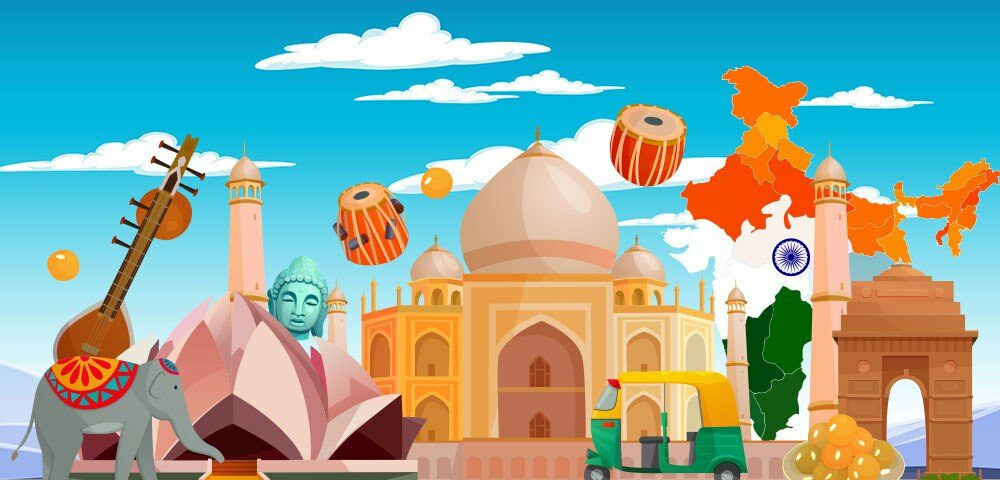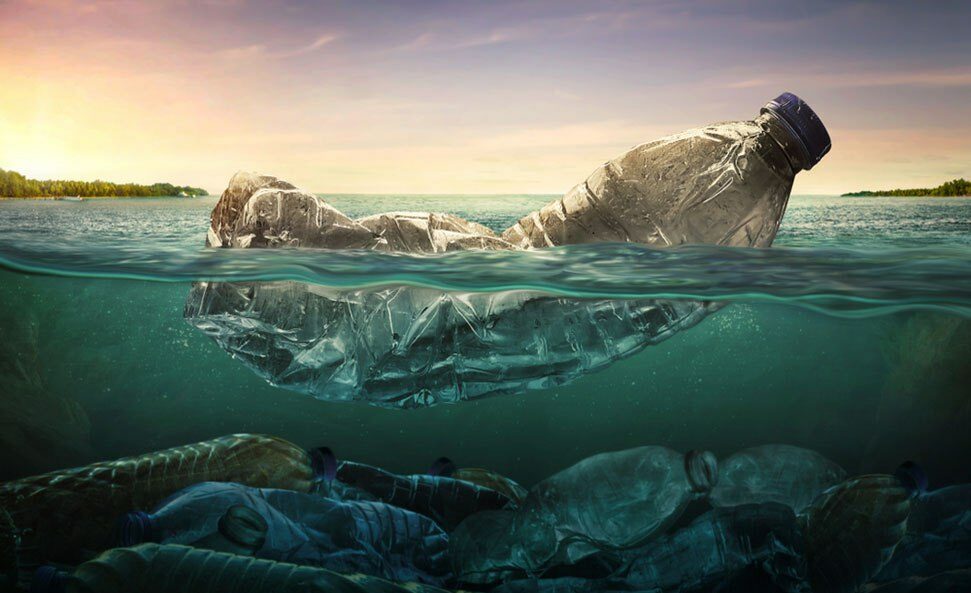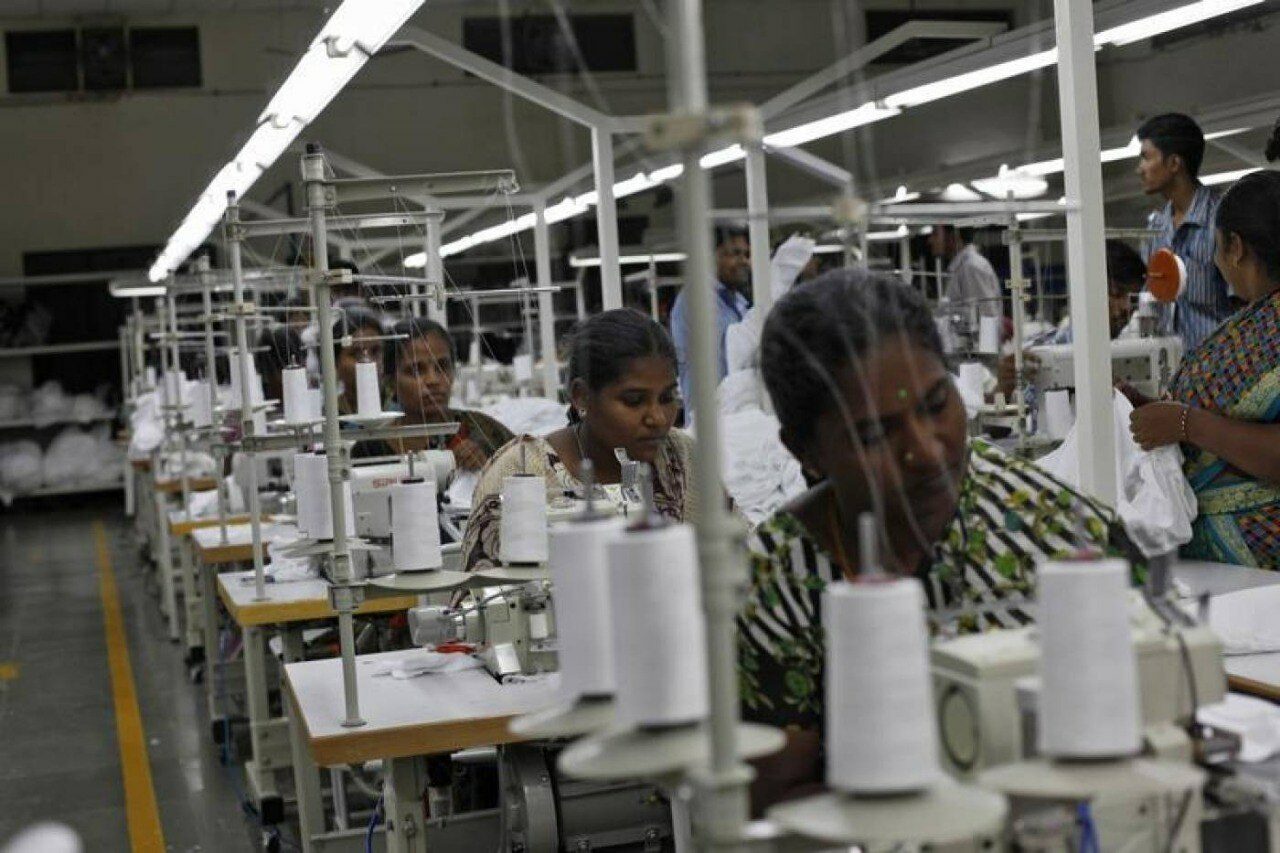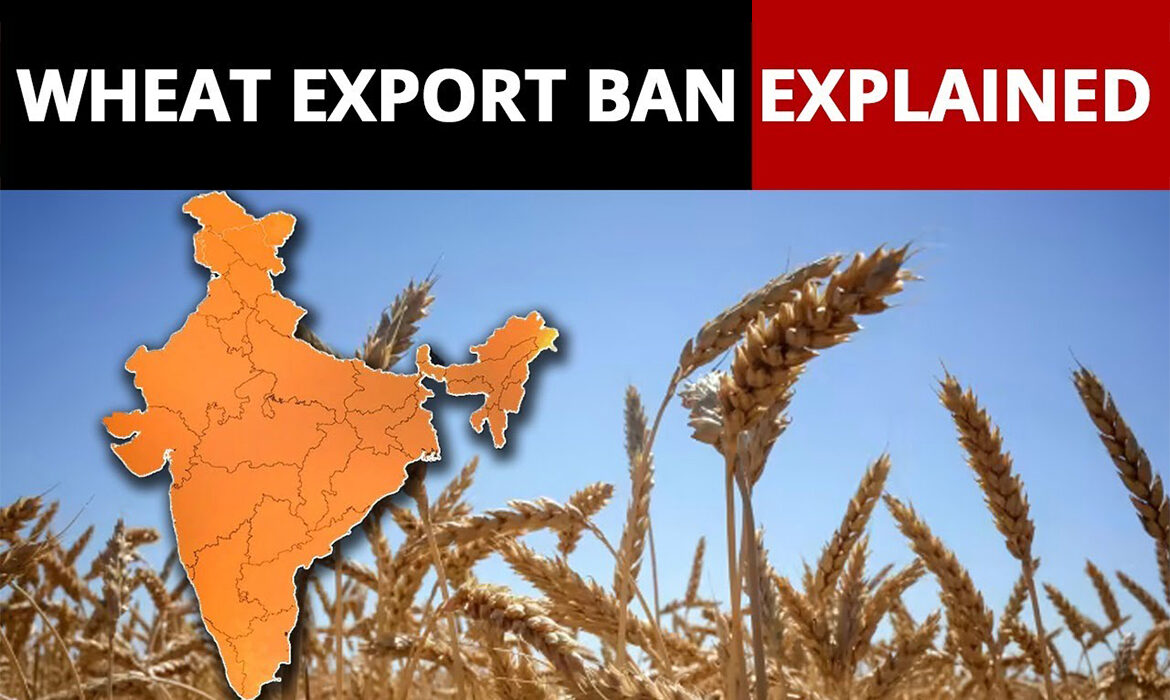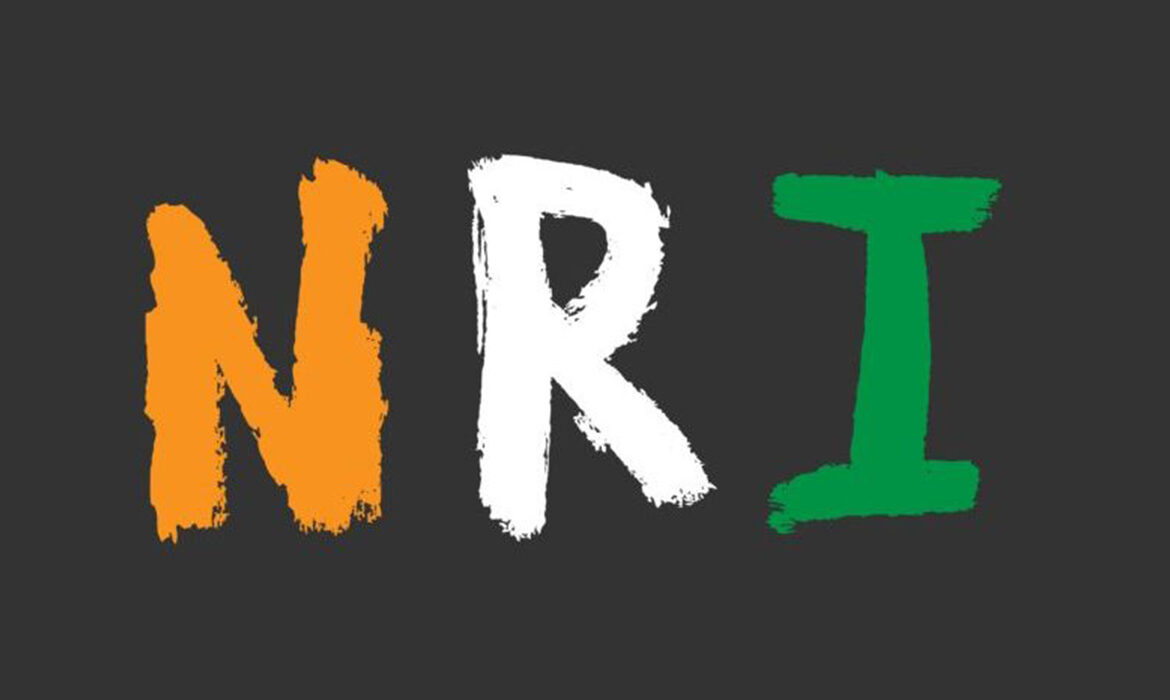THE STATUS OF OFFICIAL LANGUAGES OF INDIA
WHY IN THE NEWS?
Recently, Union Home Minister urged the states to adopt the Hindi language as an alternative to Englishin inter-State communication.
STATUS OF OFFICIAL LANGUAGE
- Part XVII of the Indian Constitution deals with the official language in Articles 343 to 351.
- Article 343(1) of the constitution provides:
- Hindi in Devanagari script shall be the official language of the Union.
- For official purposes, the international form of Indian numerals shall be used.
- At the state level, the state legislature can decide on its own official language and can have multiple languages as the official language.
- Along with these provisions, The Constituent Assembly in 1949 stated that for a period of 15 years from the inception of the Constitution, the English language would continue to be used for all the official purposes of the Union.
- After 15 years, the Parliament may provide for the continued use of the English language for specified purposes.
- Eighth Schedule of the Constitution specifies 22 languages including Hindi. Originally only 14 languages were recognized which further expanded with subsequent constitutional amendments:
- Sindhi language was added via the 21st Constitutional Amendment Act in 1967
- Konkani, Manipuri, and Nepali languages were added via the 71st Constitutional Amendment Act in 1992
- Bodo, Dogri, Maithili, and Santali were included by the 92nd Constitutional Amendment Act in 2003
- The word Oriya was changed to Odia by the 96th Constitutional Amendment Act in 2011
- Article 344 – Article 344(1) provides for the constitution of a Commission by the President on the expiration of five years from the commencement of the Constitution and thereafter at the expiration of ten years from such commencement. It is to be constituted to make recommendations for the progressive use of Hindi for the official purpose of the union and restricting the use of the English language.
- The President of India appointed an Official Language Commission under the chairmanship of G. Kher in 1955.The commission submitted its report to the President in 1956.
- In 1959, non-Hindi-speaking states expressed their apprehensions about the imposition of the Hindi language on those states.
- Jawaharlal Nehru gave an assurance in 1959 that English would remain in official use and as the language of communication between the Centre and the States.
- Consequently, in 1963, the Official Languages Act was passed by the Parliament, which provided that:
- English ‘may’ still be used along with Hindi for official communication even after 1965, in addition to Hindi, for all official purposes of the Union and also for the transaction of business in Parliament.
- After the expiration of ten years from the date, there shall be constituted a Committee on Official Language, on a resolution to that effect being moved in either House of Parliament with the previous sanction of the President and passed by both Houses.
- It shall be the duty of the Committee to review the progress made in the use of Hindi for the official purposes of the Union and submit a report to the President making recommendations thereon and the President shall cause the report to be laid before each House of Parliament, and sent to all the State Governments.
- However, no such committee was constituted till now.
- Moreover, the Official Language Act did not explicitly incorporate the assurance given by Jawaharlal Nehru in 1959, making the apprehensions still pertaining in some states.
- In 1976, in the exercise of the powers conferred by section 8 of the Official Language Act,1963, the Central Government made the Official Language Rule 1976.
- They shall extend to the whole of India, except the State of Tamil Nadu because of the rising protest from the state.
WHY DO WE NEED AN OFFICIAL LANGUAGE?
- The basic reason is to ensure better official and administrative transactions and communication between the union and different state governments in the country.
- Being a multi-linguistic, and multi-ethnic nation, an official language would ensure that every citizen can do commerce and business without any regard to their ethnicity or linguistic barriers.
- By means of official languages, the government makes sure that every domestic business runs smoothly and perfectly.
HOW OFFICIAL LANGUAGE IS DIFFERENT FROM THE NATIONAL LANGUAGE?
- Our constitution doesn’t mention about national language.
- National language in short represents a nation’s identity. A nation can be expressed not merely as an administrative or political entity but as an emotional and biological entity also. The nation as a whole belongs to a particular lineage.
- Therefore, it is very difficult to draw the complete lineage of a country to a particular language such as Hindi.
- Hindi itself is not a classical language. The Hindi language is not even generated from a particular place and it is actually a mix of several languages. Thus, it is difficult for such a language to represent the soul of a whole nation.
- The twinning nature of language and culture makes it very hard for people to adopt one particular language that symbolizes the nation.
- This is the basic reason why our constitution framers avoided the concept of the national language.
- Despite India being diverse in terms of linguistic, geographic, cultural, and religious-wise, but as a Nation, India symbolizes the spirit of Unity.
WHY UNION GOVERNMENT INCLINED TO HINDI LANGUAGE?
- Article 351 states that “The Constitution provides for the spread of the Hindi language to develop it so that it may serve as a medium of expression for all the elements of the composite culture of India”.
- Central government is constitutionally duty bound to promote the spread of Hindi as a medium of exchange, which would be beyond the administrative and official communication purposes.
- Therefore, in order to implement constitutional provisions to promote Hindi as a medium of expression, three language formula was introduced in the National Policy of Education in 1968 as part of the policy.
- Three language formula is basically to impart different languages at the school level to the children.
- Now, Education is on the concurrent list; the Union government can take any policy for the promotion of the Hindi language. But the element of language is very sensitive as it is closely interlinked with the cultural aspects of the people.
National Policy of Education 1968
- The teaching of Hindi across the country was crystallized into a policy in an official document- National Policy on Education, 1968 by Kothari Commission.
- First language -The First Language is the ‘Mother tongue’ or the regional language.
- Second language – In Hindi-speaking states, the second language would be English or some other language belonging to Modern India. In Non- Hindi states, the second language will be English or Hindi.
- Third language – In Hindi-speaking states, the third language would be English or some other language belonging to Modern India, but the one that is not chosen as the second language. In Non- Hindi states, the third language will be English or some other language belonging to Modern India, but the one which is not chosen as the second language.
National Education Policy 2020
- NEP 2020 recommended the ‘three-language formula’ with the view to promoting multilingualism and national unity. But this new education policy does not impose any language on citizens.
- NEP 2020 also recommends the medium of instruction to be in the home language/mother tongue/local language or regional language in primary classes.
- The policy is aligned with Article 350A of the Constitution which deals with the facilities for instruction in the mother tongue at the primary stage.
EXISTING CONCERNS NOW
- The Constitution of India has not given any language a national status.
- The Constitution of India nowhere mentioned imposing a particular language in the school curriculum.
- Federal Philosophy -Imposing a particular language would threaten the idea of cooperative federalism in India.
- Pluralistic Society – The culture, and civilization of India have always been a multilingual society.
- Insecure Minorities- imposing one language may cause minorities to feel insecure and place their languages in a vulnerable position.
- Language genesis -The status of language has been a critical issue that has caused the division of states in the past. For instance, Andhra Pradesh and Punjab were created on a linguistic basis.
CONCLUSION
It is better to provide state autonomy in choosing a language formula respecting the diversity of the nation. The state of Tamil Nadu is a guiding example in ensuring national integrity without imposing any particular language on people, i.e., National unity must not come at the cost of people’s linguistic identities. However, there must be a common lingua franca so that the spirit of nationalism will enhance as envisaged by the constitution makers in choosing an official language for administrative purposes.
QUESTION
What do you understand by National Language? Does the medium of expression mentioned under Article 351 hold the National Language status? Explain. (250 Words, 15 Marks)

